Rental Review: The 2021 Volkswagen Tiguan S 4Motion, Days Be Numbered

Today’s review is brought to you by water: Water! It’s moist. The other day when I handed over the keys to the Golf Sportwagen, my dealer’s service department loaned me this base model 2021 Tiguan S 4Motion. There’s no glass on the roof so it’s almost certain not to leak water, but what about its other characteristics?
The Tiguan’s been with us in its second generation guise since the 2018 model year in North America. In production since 2016 globally, a refreshed Tiguan arrives this fall for the 2022 model year and brings looks more in line with those found on the Taos that Tim reviewed recently. North America lags again in VW product, as said refreshed Tiguan is already for sale in Europe. VW may have forgotten the market difference, as they show a Tiguan you can’t buy on the infotainment screen of the 2021 version. Are they perhaps eager to move forward?
If you asked me how long the Tiguan had been around in current format, I’d have guessed five or six years. Though ubiquitous, the Tiguan’s look has aged decently. Though the architectural rear is a bit more decisive looking in its design than the softer front end, Volkswagen crossover buyers don’t seem to care either way.
The front end’s look is different in upper trims, but here in S there are no LED lamps, fog lights, or a sporty grille, just halogen and fog lamp blanks all the way. LEDs are limited to the DRLs here. Grabbing a door handle rewards with a positive pull and return action, and doors clunk open and closed reassuringly in a Germanic way. Opening the door from inside feels similarly nice. You’ll need the remote in hand to conduct any door usage, as there’s no proximity key function and no start button either. Doors are surprisingly long especially for the rear and make for easy access. Paint quality overall is good, with the nice metallic graphite color evenly applied and with very little orange peel. Panels, trim, and doors all align properly, unlike competitors who will remain nameless.
Once inside things head downhill a bit. Swaths of grey cover every surface, and the trim flexes and clicks with the application of any pressure. Reminders of the base price are everywhere, from the copious button blanks to the rubber steering wheel shared with the basic Golf.
Gauges are Golf-esque but have fewer markings and come off a bit cheaper. The infotainment is the old-style unit from years ago and does not include XM radio. The backup camera image is pretty poor, and has a low, laggy frame rate. Buttons on screen are small and difficult to jab at without taking eyes off the road. Apple CarPlay and Android Auto are present, but perplexingly you need a USB-C to plug in. VW does not provide a standard USB port, AKA the one everyone has for their phone charger.
Lacking said cable, I was easily able to pair my phone via Bluetooth, and music quality was fair if a bit tinny. Climate adjustment is via the manual unit shared with Golf and Passat, though it feels better put together than in the Passat tested last year. Front and rear traffic assist are present at this trim, but radar cruise is not. Parking sensors are also amiss. Blind spot monitoring is standard.
Cheapish, textured plastics cover most surfaces, but padded cloth covers door armrests and center console. The cloth isn’t smooth so grabs lint, hairs, and (grossly) the armrest on the driver’s door already reflected skin cells around the window buttons. It’s all black, so such details stand out nicely. Seats are fully manual as expected and upholstered in a couple of different fabric textures on the S. Surfaces where bums rest are printed in a diamond pattern. Upfront the seat bottoms are too flat, and there’s not enough thigh support for someone who’s six feet tall.
Normally that might be corrected with some tilt adjustment on the seat, but the seat bottom isn’t adjustable for rake at the front. The seat lever for the rake adjusts only at the rear and props the driver forward in an attempt to slide them out of the seat. Side bolstering is fine, and if bolsters don’t hold passengers in place the grippy fabric will. One gripe I had on the 2018 Altima is shared here: Headrests are covered in the same grippy fabric as the seats and grab your hair as you drive along. Back seat passengers experience even flatter seats that don’t offer contouring or support for any long journey. The rear seat bottom is also fairly low.
On the plus side, there’s enough leg, head, and shoulder room for four full-size adults in the Tiguan. With the front seat adjusted for my six-foot frame, the rear seat passenger behind has lots of legroom. It was a welcome surprise in the segment, and not something expected from a compact CUV. There’s good space efficiency here, including the surprisingly large cargo area. Rear seats fold down via straps at the second row or levers at the rear. A third row is optional in AWD Tiguans, but that option goes away next year.
Given a string of days with temps in the mid-80s, the Tiguan’s air conditioning performed admirably at combating dark paint and a dark interior. The car cooled within a few minutes after sitting in the sun all day. Less praiseworthy is the stop-start, which cuts the engine at lights when the car is not yet cooled. It can be defeated via a button to the right of the gear lever (conveniently hidden from view when in drive). However, unlike the Golf where the “stop-start deactivated” message goes away after two seconds, it’s permanent on the Tiguan’s center display until you remove it via steering wheel menu buttons. Odd.
Are you excited to hear how the Tiguan drives? Don’t get your hopes up. Across the entire Tiguan range is the same turbocharged 2.0-liter TSI engine and the same eight-speed automatic. The engine’s good for 184 horses, and that might be enough if it were tuned properly. But it’s not. It seems VW was mostly concerned with fuel economy here and created an engine that’s very pokey at low RPMs because of a narrow powerband. To make up for this, the transmission is very busy during everyday driving. Though it attempts to keep RPMs around 1,800 to 2,000 in most situations, at that rotation the engine is not on the boost. When acceleration is called for, the transmission jerks into action and kicks down a couple of gears. “But that’s what it’s supposed to do!” you’ll say to your screen. While that’s true, the engine runs out of steam quickly. By 4,600 RPM you’re past the peak, and the transmission is all too happy to upshift to get you back toward 2,000 rotations. The Tiguan feels heavy and slow, and the transmission adds in dim-wittedness. There is some okay turbo whoosh from the engine, but other engine noises are a bit raspy and unrefined.
The result is a crossover that’s very difficult to drive smoothly. Lurches forward in traffic are common as with a gentle foot you sometimes end up on the boost accidentally. This happened even in a parking lot. If the transmission were a slick one the process would be less noticeable, but it’s clumsy and ham-fisted in serving up gears. Up and downshifts are both handled sloppily. The problem is worse in Sport mode, so Normal mode was the flavor of the week here (which is selected only within the infotainment). The current driving mode is indicated via tiny text at the top left of the infotainment screen.
The aforementioned lurching is not aided by an overly loose acceleration pedal. The spring feels tired here and put your author in mind of a certain 200,000-mile Tahoe owned in the past. It’s not possible to rest one’s foot on the pedal during coasting, because mere foot pressure will cause pedal movement. Similarly when attempting to maintain speed, bumps in the road cause your foot to move the pedal slightly. Hopefully, Volkswagen will use a stiffer spring on the 2022 refresh, as the current setup leads to foot fatigue.
The vertical distance between the brake and accelerator pedals is a bit too far, so covering the brake pedal in traffic requires more ankle strain than necessary. The brake pedal itself is firm, and braking comes on strong and early in the pedal travel. No issues there.
Once underway at a constant speed the Tiguan settles down, and a generally controlled ride is noted. There’s a decent compromise between handling and comfort here, with controlled body lean in turns. Comfort is aided by the chunky tires of the S trim, but this sentiment would change in upper trims where larger rims require lower profile tires. Tires here are Goodyear Assurance 215/65 R17s, and offer up a bit too much road noise into the cabin. At highway speeds there’s wind noise from the A-pillars but it’s not excessive, and conversation is possible without raising one’s voice.
Steering is fairly precise, though numb. There’s almost no dead space on-center, and even tiny adjustments will change the car’s direction of travel. The steering is a bit light at high speeds, and VW would do well to weigh it more to prevent excessive corrections. Road vibrations come through the wheel at all speeds over 35 miles per hour, for what it’s worth.
So, should you buy a base model Tiguan S 4Motion for the $26,545 ask? No. The Tiguan is showing its age, and is among the oldest competitors in this rapidly updated segment (only the Equinox is older). It’s due for a refresh in a few months which will bring visual modernization and hopefully address many of the issues, though the power train will remain the same. Choosing a base model is fine, but in this competitive segment, there’s no reason to settle for a car with poor dynamics. The engine and transmission combo in the Tiguan is not acceptable and needs considerable improvement in the areas of power delivery and transmission programming. If for some reason you simply must buy a Tiguan, wait for the new one.
[Images © 2021 Corey Lewis / The Truth About Cars]

Interested in lots of cars and their various historical contexts. Started writing articles for TTAC in late 2016, when my first posts were QOTDs. From there I started a few new series like Rare Rides, Buy/Drive/Burn, Abandoned History, and most recently Rare Rides Icons. Operating from a home base in Cincinnati, Ohio, a relative auto journalist dead zone. Many of my articles are prompted by something I'll see on social media that sparks my interest and causes me to research. Finding articles and information from the early days of the internet and beyond that covers the little details lost to time: trim packages, color and wheel choices, interior fabrics. Beyond those, I'm fascinated by automotive industry experiments, both failures and successes. Lately I've taken an interest in AI, and generating "what if" type images for car models long dead. Reincarnating a modern Toyota Paseo, Lincoln Mark IX, or Isuzu Trooper through a text prompt is fun. Fun to post them on Twitter too, and watch people overreact. To that end, the social media I use most is Twitter, @CoreyLewis86. I also contribute pieces for Forbes Wheels and Forbes Home.
More by Corey Lewis
Latest Car Reviews
Read moreLatest Product Reviews
Read moreRecent Comments
- Daniel J How is this different than a fully lifted truck? I see trucks rolling off the lot with the back lifted already, and then folks get the front lifted to match. Are there specific "metrics" at how high they can and can't be? The example shown has the truck's front lifted more than normal, but I've seen these around here where the backend is dropped and the front end is at a regular height.
- Theflyersfan I think color is FINALLY starting to return to car lots. After what seems like over a lost decade of nothing but shades of gray, whites, and black, I'm seeing a lot more reds and blues creeping into luxury car lots. Except Audi and Volvo. They still have at least 6-8 shades of gray/silver. But they at least have a nice green. Honda and Acura seem to have a bunch of new colors. And all carmakers need to take a serious look at the shades of red seen at the Alfa Romeo lot and tell themselves they want that because that looks amazing.
- Bd2 Well, it's no Sonata, no does it have the panache of the Optima.
- Teddyc73 "eye-searingly"?
- Teddyc73 I applaud anyone who purchases a vibrant, distinct or less popular color. We need these people. Our road ways have turned into a dreary gloomy sea of white, black, silver and greys, most with the equally lifeless black wheels. Mr Healey is guilty of contributing to this gloom apparently. It looks like a black and white movie across the nation when grouped with our grey houses with grey interiors. Totally dull and lifeless. And what is with this awful hideous trend of dull grey with black wheels showing up everywhere? It's on everything. Just awful. Come on people! I'll keep my Ram 1500 with it's deep rich sparkling Western Brown paint as long as I can.

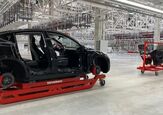
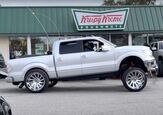
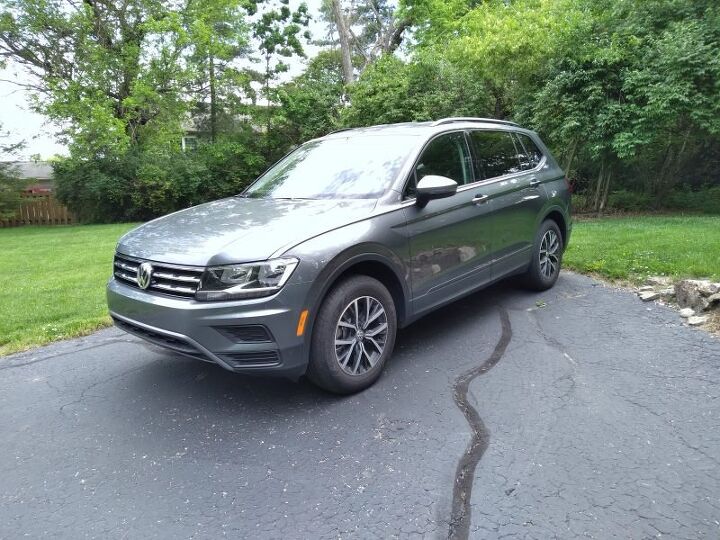


























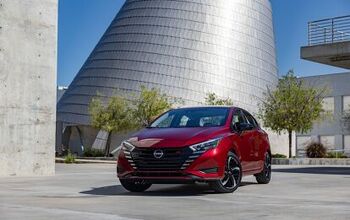
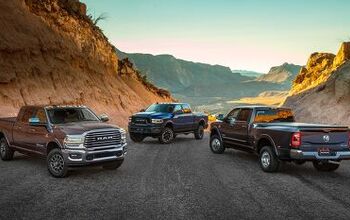

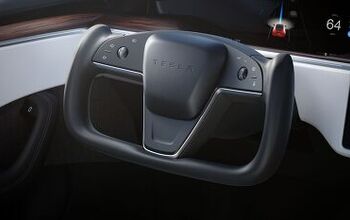
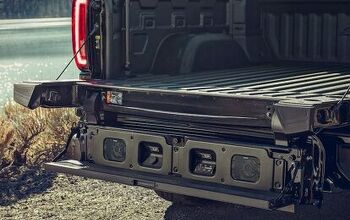
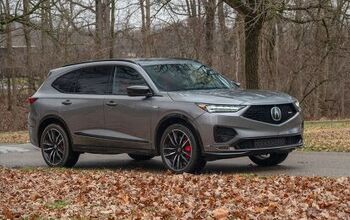
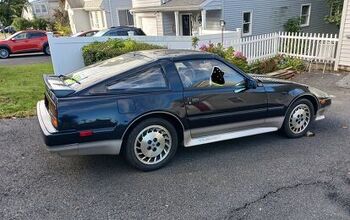

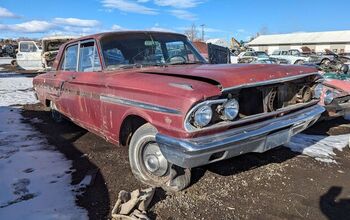
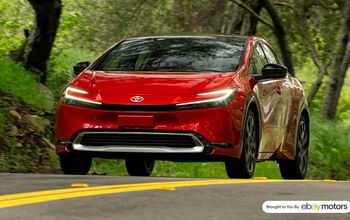
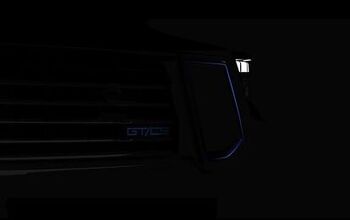

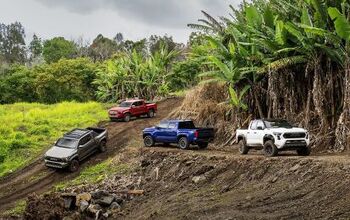

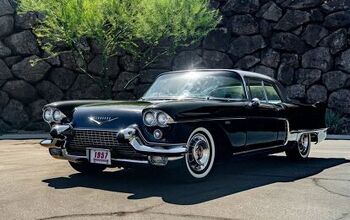
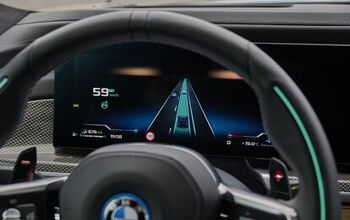

Comments
Join the conversation
I see you've joined the "sunroofs are useless" club. Welcome. The seats are the same as the base Jetta, but they are OK for this six footer-in the Jetta application. The cloth will stain very easily, but it also cleans very easily with mild ammonia water and some towels. I have never owned a VW with an automatic...the GTi, TDi, two Jettas, and two early diesels...all stick. Thank you for warning me off in the future.
Great Review!! Correct about everything. I regretfully have a '21 Tiguan and can corroborate everything you say about this car and I am currently looking at what my next purchase should be. I wish I had spent more time researching and maybe trying to rent this to drive for a few days before making the purchase. I think the most dangerous thing about this car is the utter unresponsiveness of the engine that has placed me in danger on more than a few occasions, when pulling out into traffic and stepping on the gas and ABSOLUTELY NOTHING happens for a second or two until something kicks in and the engine decides it will start to act like an engine. I still cant believe anyone at VW actually drove this thing and thought "yeah, this is a great car". I too wondered why they placed the auto on/off button on the blind side of the shifter so it is not visible to the driver. There are plenty of other empty switch blanks that would be a better location. And did I mention the pathetic excuse for a sound system? This stereo sucks some serious doo doo and the cheap plastic door panels rattle at the slightest hint of bass, and the rear door mids and highs are non-existant. They should have saved some money and added a portable Jawbox speaker velcroed to the dashboard and called it a day. It would have sounded much better. Thanks for your review, and I hope it saves others from the mistake that is Tiguan.